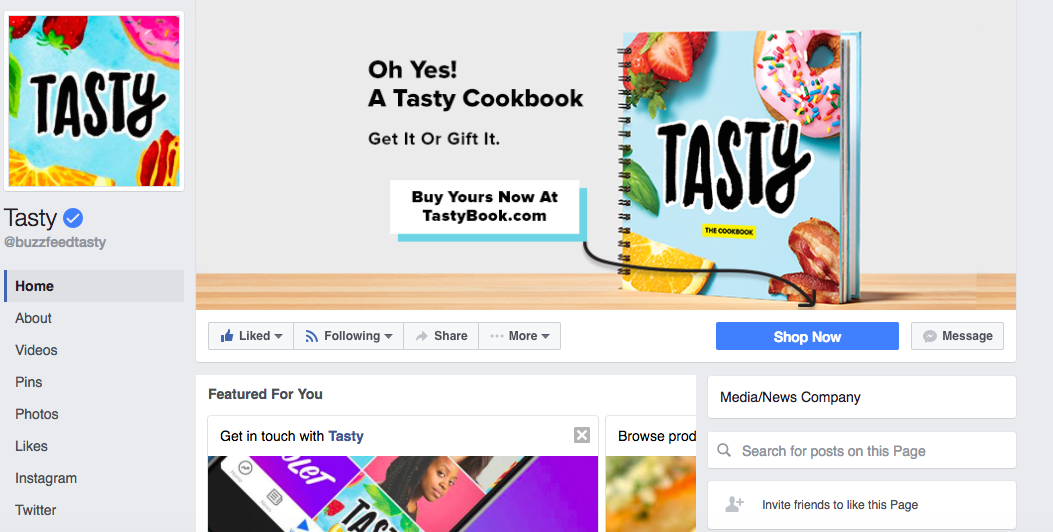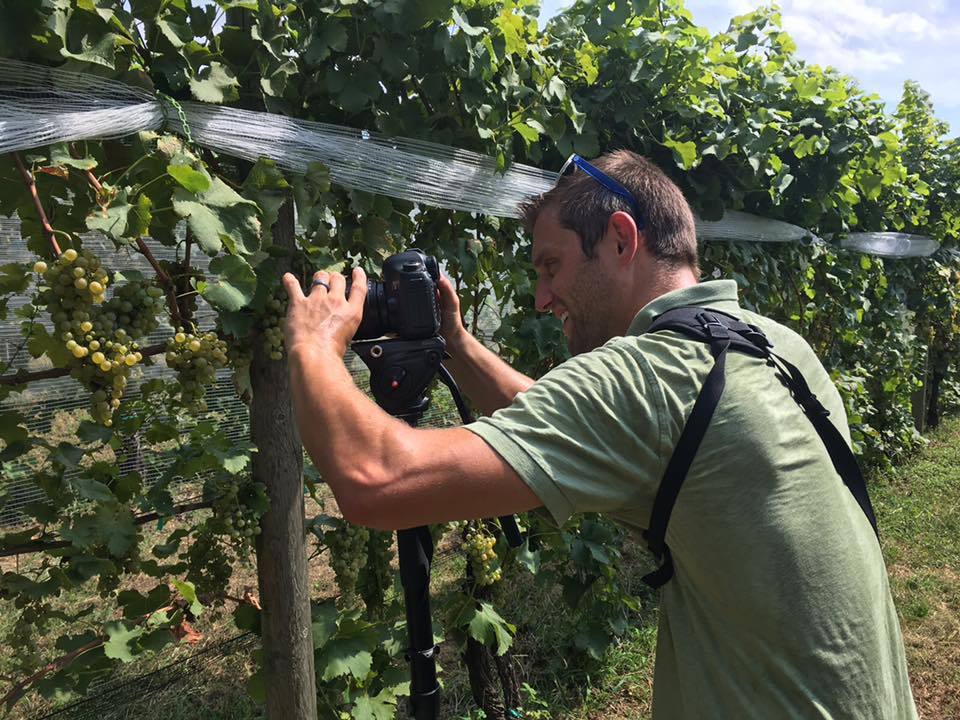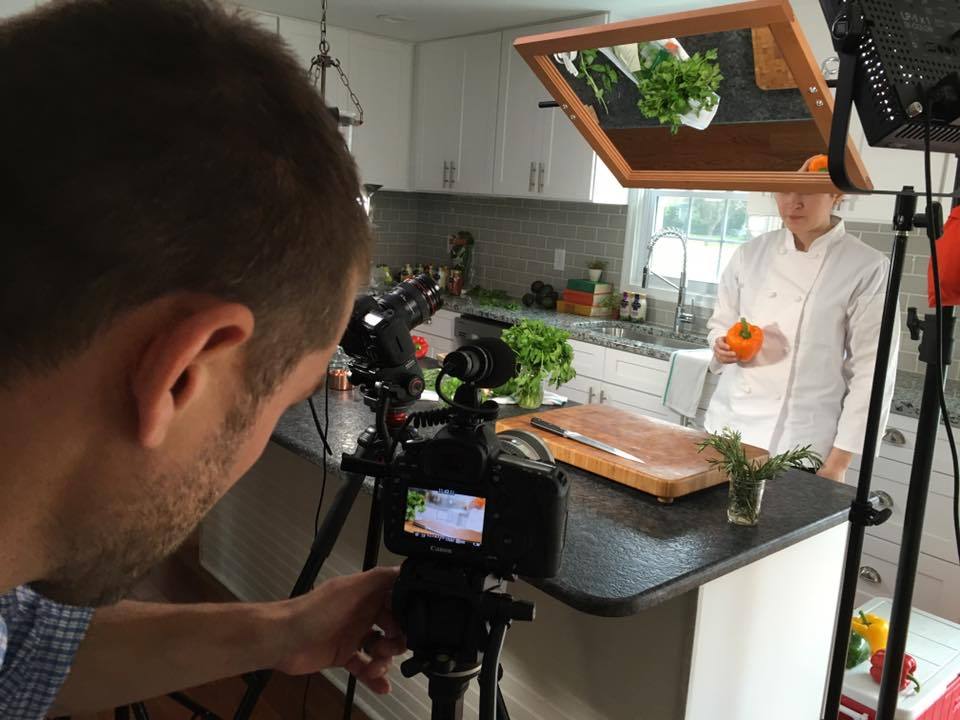Meet Tasty, Buzzfeed’s featured network for “snack-sized food videos.” The social media sensation of quick-hitting recipe videos launched in 2015 and has grown an audience of epic proportions. The Tasty Facebook page quickly gained popularity and currently boasts nearly 78 million fans.
Buzzfeed recognized the need for visual content that appeals to a culture with short attention spans and filled it with easily digestible videos. This type of content requires no work from the viewer while easily drawing people in and giving them just enough content to appease without going so long the viewer loses interest. It’s a perfect storm of content!

The small trendy spark has spread into a raging fire, as these miniature recipe videos are filling our newsfeeds. Other brands have taken notice, and we are seeing many types of industries jumping on board. Food brands take note: this is a trend you won’t want to miss.
To gain more insight, we chatted with Jay Edwards, resident video expert and videographer with Dish Works. He shares his thoughts on the growing mini recipe video phenomenon and provides insights for businesses on how to get involved with this trend.
How does a mini recipe video differ from other videography?
Video is an extremely effective way to quickly engage a viewer and tell a story. Recipe videos offer the ability not only to engage a viewer but also to tell a story in a very short amount of time. The beauty of mini recipe videos is that you don’t have to capture the entire process of creating a dish. You have the creative freedom to skip ahead in time and leave out the less interesting parts of cooking, like peeling garlic or the unexciting part of cleaning up. You’re simply looking to capture the essence of the dish in an elegant fashion. From the standpoint of a videographer, you’re looking to capture beautiful looking shots that show the food in its best element. You want the viewer to salivate, press the like button and share it with others.
How should brands/businesses prep for creating these videos?
Prepping for these videos is the trickiest and most important part of this process. First things first:
- Determine what you want to capture. Pick a recipe: something fun, something colorful. Pick something different that no one else has done before. Get creative!
- Determine your aesthetic. Are you going for a home kitchen feel or a simple setup where you only see a cutting board and table-top burner? Different looks will speak to different audiences.
- Prepare your ingredients and grab all necessary kitchen tools for the shoot. Have backup ingredients. Occasionally something may be dropped or cut the wrong way. The last thing you want to be doing during a shoot is stopping to pick up additional ingredients.
- Prepare your gear. Are you shooting any overhead shots? Maybe you need to build a mirror rig. Perhaps you’re shooting all tight shots and a single tripod may do the trick. There are a bunch of ways to go about these shoots, and determining your style ahead of time will help keep the shoot moving. Word of advice: test a few shots out in your own kitchen. Determine what you or your client likes best and go from there. Have backup gear. If your camera goes down mid-shoot, be prepared with a backup. Have extra batteries, extra camera cards, etc.
- Shoot, shoot, shoot. Capture as much as you can. You won’t regret it when you have more flexibility in the editing process. Ensure that you get an artsy shot of the finished recipe in its full glory. Is it a hot dish? Make sure it’s still steaming. Is it a cold drink? Ensure that there are ice cubes in it when you get your artsy shot. Use garnishes—style that dish!

Change your shots up. This is key! The more you vary your shots, the easier it is to skip ahead in time and avoid confusion for the viewer. Example: if you are making a stew, you can get a few very close-up shots of cutting your vegetables from different angles and then cut to a medium shot of preparing your beef, finishing with an extreme close shot of your beef in a pan. From there, you can cut to a slow-mo shot of your veggies dropping in your stock. From there … you get the point … vary those shots up. Just be sure you are following the proper steps for the recipe and determine ahead of time what aspects of the recipe you can skip. There is no need to show the peeling of an onion. That doesn’t look great on camera and it’s already implied that the onion needs to be peeled prior to cutting.
Have fun with it! Remember that when you make a video, you’re going to come up with some ideas during the scripting process, additional ideas during filming and more in the editing process. Write them down for next time! Determine what works and doesn’t work and try it again.
What tips do you have for businesses wanting to make these types of videos for their brand?
Do your homework. Hire a team that is familiar with the art of cooking and the processes that are involved. There are a lot of moving parts when it comes to recipe videos, and when the end product is done, it will be very clear if you didn’t have a team of culinary experts on your side during the production process.
Are mini recipe videos a trend you’re interesting in trying? Consider partnering with Dish Works Content Agency and learn more about how our video team can help you successfully execute your video recipe ideas!
Photos: Dish Works
